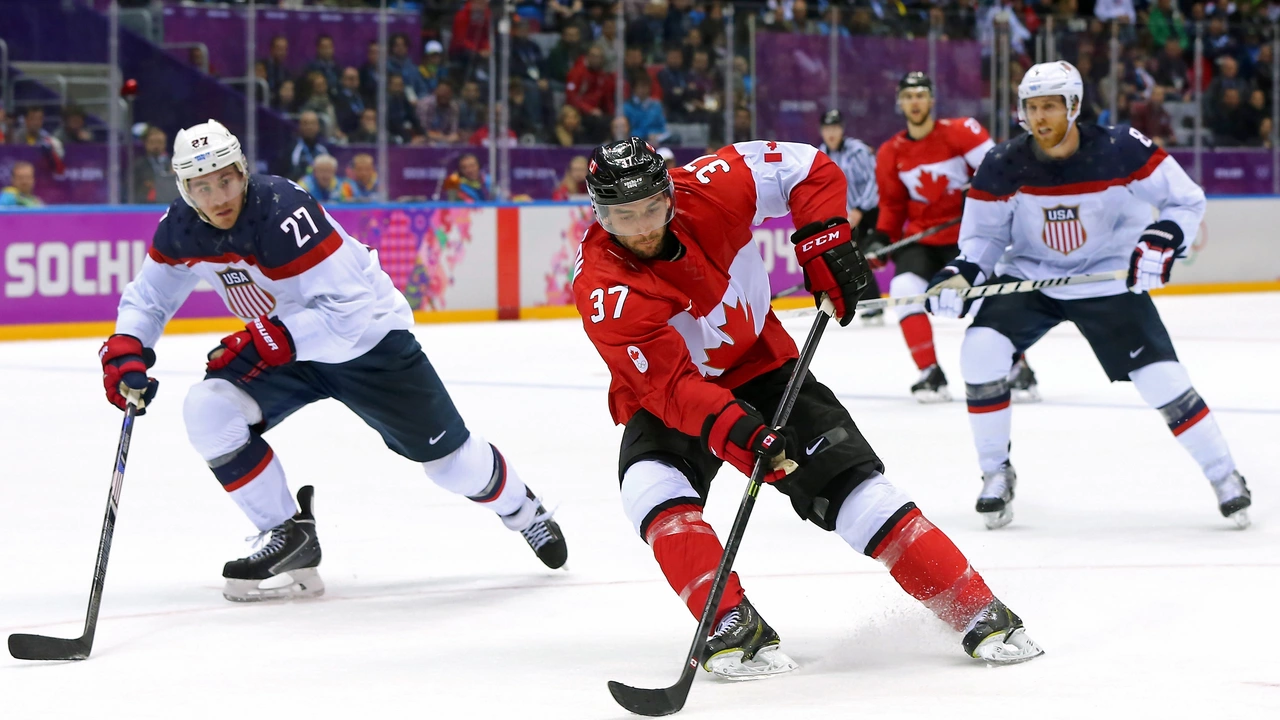The Origins of Ice Hockey
As a passionate hockey enthusiast, I've often been asked why hockey is played on ice. To answer this question, we must first look back in time to where it all began. Ice hockey's roots can be traced back to a variety of early field games played in Europe, such as field hockey and hurling. These games were brought to North America by European settlers, who eventually adapted them to the colder climate by playing them on ice. This was done not only for practical reasons, but also for the unique thrill that comes with gliding across a frozen surface.
The first recorded ice hockey game took place in 1875 in Montreal, Canada, and it didn't take long for the sport to gain popularity. By the late 19th century, ice hockey had become a favorite winter pastime in Canada and the northern regions of the United States. As the sport continued to grow in popularity, so too did the desire for a more formalized set of rules and a standardized playing surface, which eventually led to the creation of the modern ice hockey rink.
Physics and Ice: A Perfect Match for Hockey
The unique properties of ice make it an excellent surface for playing hockey. When the temperature drops below freezing, the water molecules in ice slow down and bond together, forming a solid surface. This solid surface is incredibly smooth and allows players to glide across it with minimal friction. The low friction is what allows hockey players to achieve such high speeds and perform impressive maneuvers, such as tight turns and quick stops.
In addition to the low friction, the hardness of the ice provides a consistent, predictable surface for the puck to travel on. This is crucial for accurate passing and shooting, as well as for the goalies who need to predict the puck's movements in order to make critical saves. The combination of these factors makes ice an ideal playing surface for the fast-paced, high-intensity sport of hockey.
Ice Hockey: A Test of Skill and Endurance
One of the reasons hockey is played on ice is because it presents unique challenges that require a high level of skill and endurance from its participants. Skating on ice requires both balance and coordination, as well as a strong foundation in the basic mechanics of skating, such as forwards and backwards strides, crossovers, and turns. This makes ice hockey a sport that truly tests a player's athletic abilities.
In addition to the physical demands of skating, ice hockey also requires a high level of mental focus and strategic thinking. Players must constantly be aware of their surroundings and anticipate the movements of their teammates and opponents. The speed at which the game is played also demands quick decision-making and split-second reactions, making ice hockey a thrilling and fast-paced sport for both players and spectators alike.
Ice Hockey: A Unifying Force in Cold Climates
Another reason why hockey is played on ice is because it helps bring communities together, particularly in regions with harsh winters. In many cold-climate countries, the arrival of winter means long, dark days and limited outdoor activities. Ice hockey provides a much-needed source of entertainment and camaraderie during these times.
For many people living in these regions, hockey rinks become a hub of social activity, where friends and families gather to play, watch, and discuss their favorite sport. The shared love of hockey helps to strengthen community bonds and provides a sense of belonging for those who may otherwise feel isolated during the winter months. This unifying aspect of ice hockey is a key reason why the sport continues to be played on ice and hold a special place in the hearts of its fans.
The Magic of Ice Hockey
Ultimately, hockey is played on ice because of the unique combination of factors that make it such a captivating and beloved sport. The smooth, frozen surface allows for a fast-paced, high-intensity game that tests the skill and endurance of its participants. The physics of ice provide a consistent and predictable playing surface, allowing for precise passing and shooting. The community aspect of ice hockey provides a unifying force in cold-climate regions, bringing people together in a shared love of the sport.
There's truly something magical about the way hockey is played on ice, and it's this magic that has captured the hearts of millions of fans around the world. From its early beginnings as an adaptation of field games played by European settlers, ice hockey has evolved into a thrilling, captivating spectacle that continues to draw people in and inspire new generations of players and fans alike.
